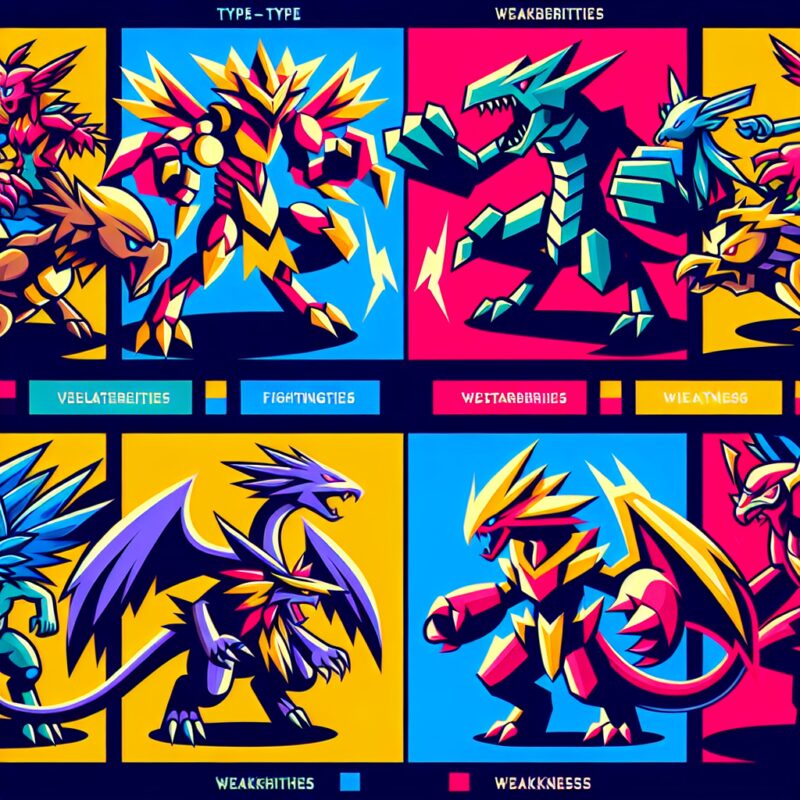Best and Worst Esports Rebrands
Branding is a crucial strategy for businesses aiming to revamp their image. In esports, rebranding can attract new fans and partners, but it’s a risky move that can backfire if not handled with care. Below, we explore the most notable successes and failures in esports rebranding.
Best Esports Rebrands
Fnatic’s Minimalistic Approach
In January 2020, Fnatic, a UK-based esports giant, introduced a new logo. This marked their third rebranding in 15 years. The updated logo was more minimalistic but retained the iconic orange color scheme. Fnatic, known for its achievements in games like League of Legends and CS:GO, managed to modernize its brand while respecting its legacy. The community’s response was largely positive, praising the sleek design which still honored the brand’s history.
EU LCS Transformation to LEC
In 2018, Riot Games rebranded the European League of Legends Championship Series (EU LCS) to the League of Legends European Championship (LEC). The rebranding included a new crown-inspired logo, which signified a fresh start. The change also involved shifting the league to a franchised system, reducing the risks associated with promotion and relegation. Fans generally welcomed the new identity, and the LEC has since expanded its reach across Europe, Africa, and the Middle East.
MOUZ’s Bold New Identity
Formerly Mousesports, the German esports organization rebranded to MOUZ in 2022. The new logo featured a modern red mascot, a significant departure from its previous design. MOUZ’s rebrand was part of its strategy to expand into newer FPS titles like VALORANT and Rainbow Six Siege, while maintaining its strong presence in CS:GO. The community largely embraced the new look, which led to a spike in merchandise sales.
Oxygen Esports’ Fresh Look
Oxygen Esports, a New England-based organization, rebranded in 2023 with a new hurricane-themed logo. This design aimed to symbolize the organization’s growth from a rising competitor in Rocket League and Rainbow Six to a major player in top-tier esports leagues. Despite its smaller size compared to other brands, Oxygen Esports’ rebrand was well-received, showcasing the power of an effective visual identity.
Worst Esports Rebrands
Hellraisers’ Misstep
In 2020, Ukrainian team Hellraisers replaced their demon mascot with a minimalist design resembling eyebrows. This drastic simplification angered fans who felt the new logo lacked character. The backlash was compounded by a factual error in their announcement, claiming a ten-year history despite being only six years old. Following fan outrage, Hellraisers disbanded its CS:GO and DOTA 2 teams and eventually ceased operations.
Evil Geniuses’ Disconnect
Evil Geniuses, a venerated North American organization, rebranded in 2016 after being acquired by PEAK6 Investments. The new wordmark logo replaced the classic ‘EG’ emblem, leaving fans feeling disconnected. The negative reaction was so strong that the organization reverted to the original logo in 2024 to honor their 25th anniversary and reconnect with their loyal fanbase.
North Esports’ Overhaul
North Esports, affiliated with F.C. Copenhagen, attempted a rebrand in 2020 with a Viking-inspired lion mascot. The update was intended to highlight their Scandinavian roots, but fans criticized it for looking more like a boar than a lion. The organization’s strategy to delete all previous social media content to build anticipation backfired, resulting in a lukewarm reception. North Esports eventually closed in 2021 due to financial difficulties exacerbated by the pandemic.
NRG’s Mixed Message
In 2019, NRG, a North American esports organization, introduced a new logo featuring a globe and a wordmark. Fans criticized it for resembling a television news logo rather than an esports brand. The new green color scheme and a spelling error on merchandise further fueled dissatisfaction. By 2024, NRG had simplified their brand to a more fitting orange and black wordmark.
Conclusion
In the esports industry, rebranding is a double-edged sword. Successful rebrands like Fnatic and LEC demonstrate the potential to rejuvenate a brand while maintaining its core identity. Conversely, missteps by Hellraisers and Evil Geniuses highlight

